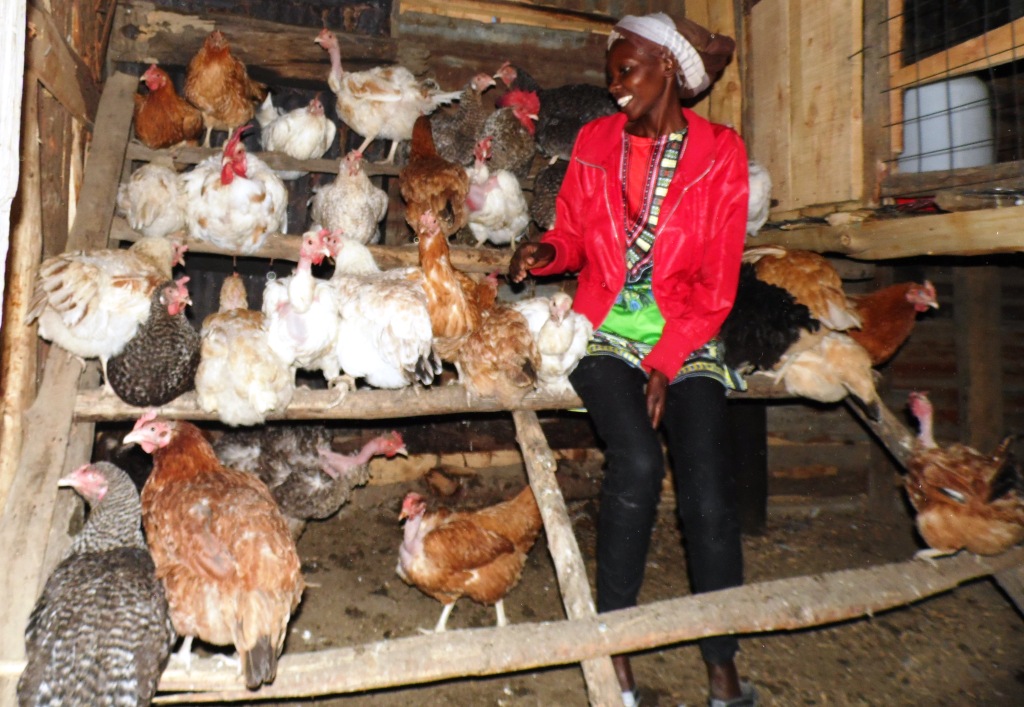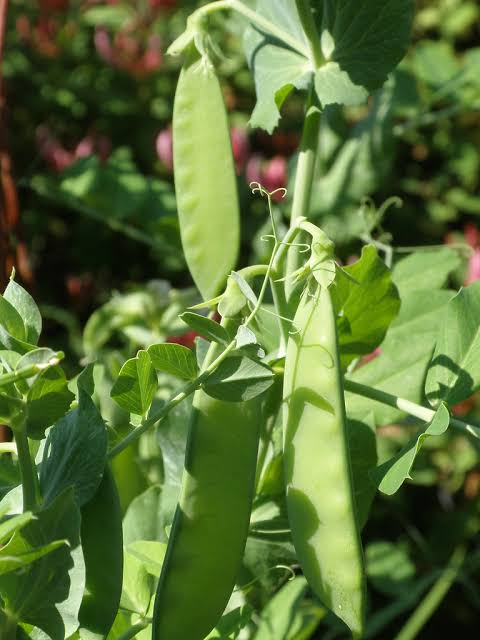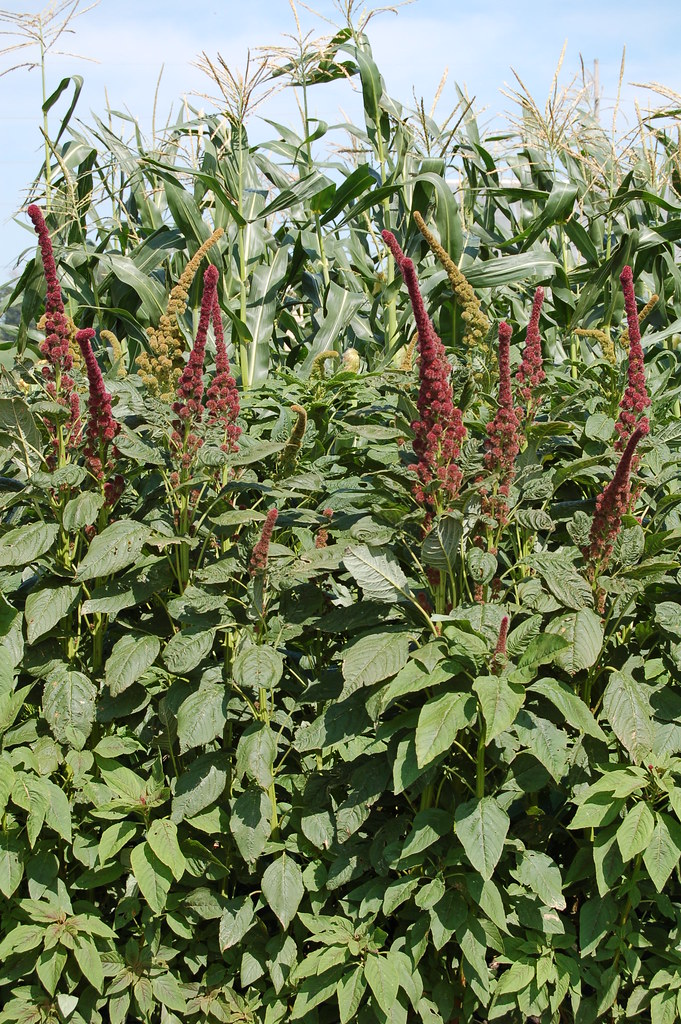
Farmers, who gradually introduce new feeds to livestock, have sustained yields during and after the transition period.
Instant change of feed brand for whatever reason shocks livestock like chicken, which go into production recess as a result of stress.
Nakuru County farmer Mary Njeri said poultry, especially chickens, drop eggs production almost immediately after the sudden change of the feed brand.
The farmer, w ho has more than 600 chickens, said the digestive system is interrupted after receiving ‘foreign food’ leading to stress.
Stress causes loss of appetite and even if there is no alternative, the chickens peck a few mouthfuls for survival.
“Chickens suffer from stress with a sudden change of routine. If they have been feeding on a given brands since they were one day old, abrupt change sends shock waves in the system of the bird, leading to abstinence or minimum feeding,” she said.
Feeds are sources of protein, carbohydrates and other nutrients required for production. Any reduced consumption is reflected in suppressed production.
Examples of chicken feeds are manufactured by Unga and Kay. If a farmer want to stop offering her chickens Kay and move to Unga, Njeri says the feeds have to be mixed in equal ration for more than one week as part of orientation.
An egg laying chicken consumes between 130g and 150g of feeds per day. If 50 chickens consume eight kilos of layers mash per day, four kilos have to be from Unga and Kay brands.
Chicken can take weeks to months to adjust to the new feed, a time tat they will not be laying or will be doing so with skipping.
READ ALSO: Dual purpose brown chicken gives farmer close to 300 eggs yearly
READ ALSO: Integrated poultry rearing secures farmer's chicken from predators
READ ALSO: KALRO unveils super-yield indigenous chicken
The gradual introduction formula is also followed when weaning chicks from chick mash to growers mash and layers mash.
Price fluctuation is one of the major reasons driving farmers into switching from one feed to the other. Others do so as a cost-cutting measure as they pursue locally made varieties.
Njeri, who was a saloonist about five years ago, has leaned all this from the experience of handling hundreds of chickens from season to season.
The farmer ahs more than 600 chicks and chickens at her farm at Langa Langa Estate in Nakuru town and Njoro farm-about 20kilometres away.
Although she sells mature chickens, eggs, doves and pigeons, chicks are her main business. She uses chickens and incubation machines to hatch the chicks, which are sold at the age of one week, month, or as the farmer may request.
Write comment (0 Comments)
















